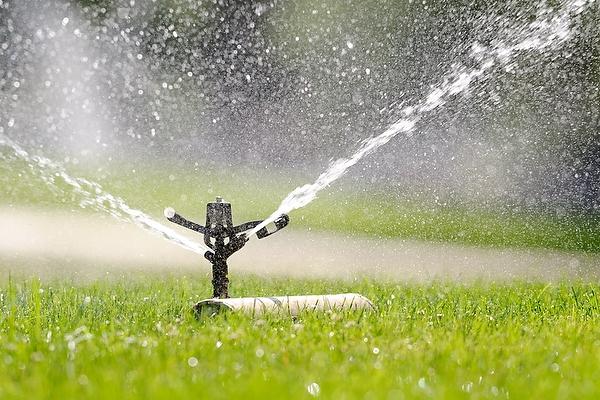
Using water in our everyday routine is very go-with-the-flow (pun intended). We brush our teeth twice a day, shower almost every night and run the dishwasher after almost every family meal. Not to mention, we use the washing machine so often on laundry day and flush the toilet a fair amount of times a day. We cook and clean with water, too. It is literally everywhere! However, do you really know where your water is coming from and going to? From faucets to rainfall to fridges, here is Warner Service’s easy-to-follow guide on where your water comes and goes:
When it comes from the faucets and toilets… If your home is operating with a sanitary sewer system, then chances are all of the drains in your house are connected to a single pipe that leads to the street. That pipe in the street is connected to a larger pipe that collects all of the neighborhood houses’ water. This process continues, covering a large majority of the neighborhood area, until it makes its way to a wastewater collection facility. There the water is treated and cleaned, so it can be put back into the environment without harming anything or anyone.
If your home is not operating on a sewer system, your wastewater goes into a septic tank, where the solids settle out. This water goes into a leach field, where there are pipes buried in the ground with holes in them. The water seeps out of these holes and into the ground.
When it falls from the sky… A simple storm drain is purposefully angled away from your home, so rushing rainwater does not harm the foundation or general structure of your house. Most storm drains flow into a garden or out onto the street (depending on your preferred location), where the rain flows into larger storm drains near the curb. Some of the larger drains are covered with gates to prevent thunderstorm wreckage from going into the underground pipes, which eventually lead out into larger bodies of natural water, such as local lakes, watersheds and rivers.
When it comes from the fridge… A lot of modern homeowners decide to install or purchase a filtration system in their fridge for easy access. The water comes out of the freezer door, and you already know there is a filter inside, which removes contaminants like rust, lead, chlorine and sediment. Water filters take the water from your home’s water line and/or tap then push it through a carbon magnet, which attracts most of the bad chemicals and pollutants.
Tip: To get the best possible drinking water for your family, replace the filter every 6 months.
Overall, your home’s water usually comes from the water line or tap, which is connected to your area’s local supply. (If you own a well, your environmental friendliness pays off with the most natural water, but not the purest. Consider purchasing a filter to ensure the best quality water for your family.) Once your water is connected to your home, it goes through various pipes and into your faucets and toilets. Once flushed or off, the wastewater goes into a water treatment facility or a natural body of water, such as the ocean. For any questions or concerns, contact Warner Service today.


